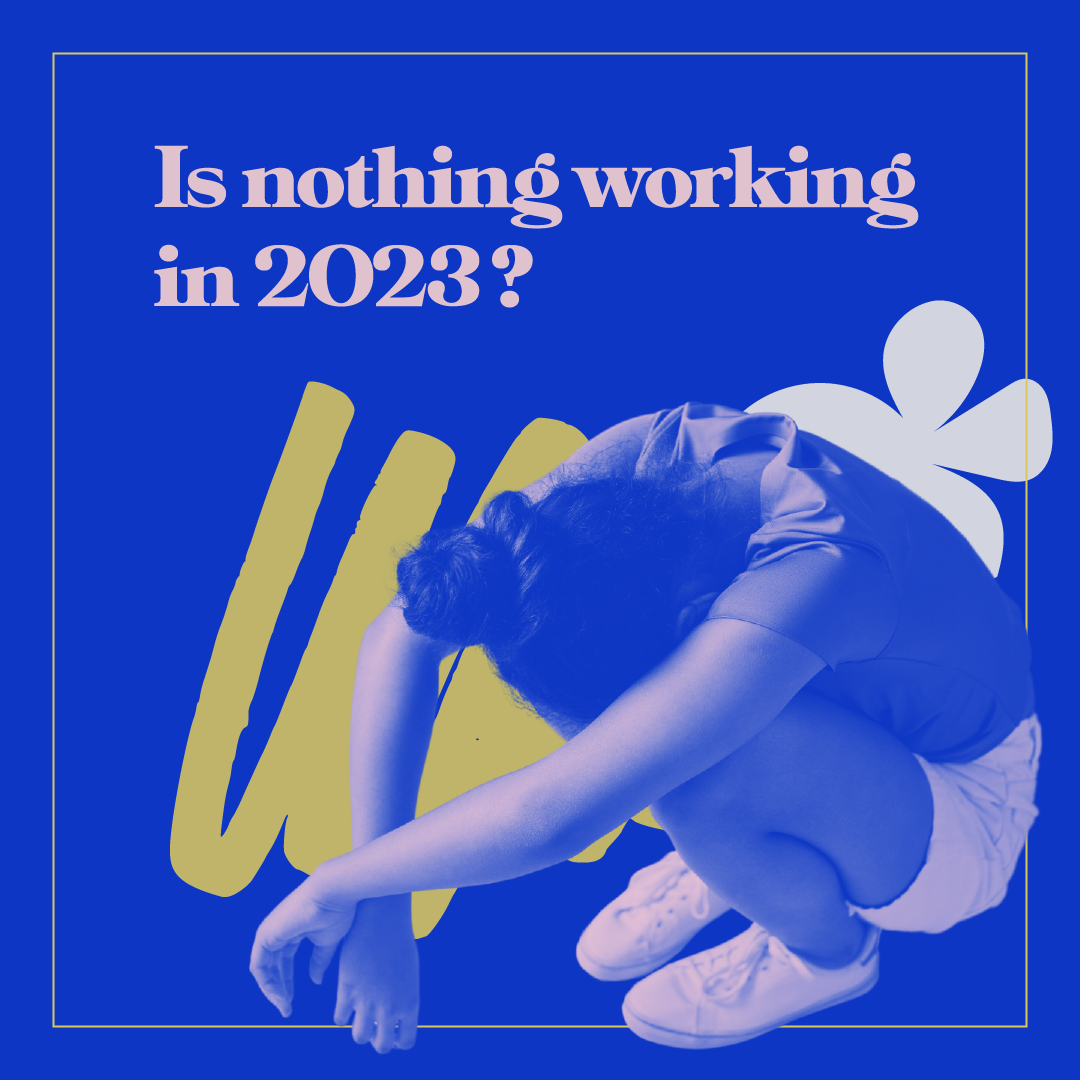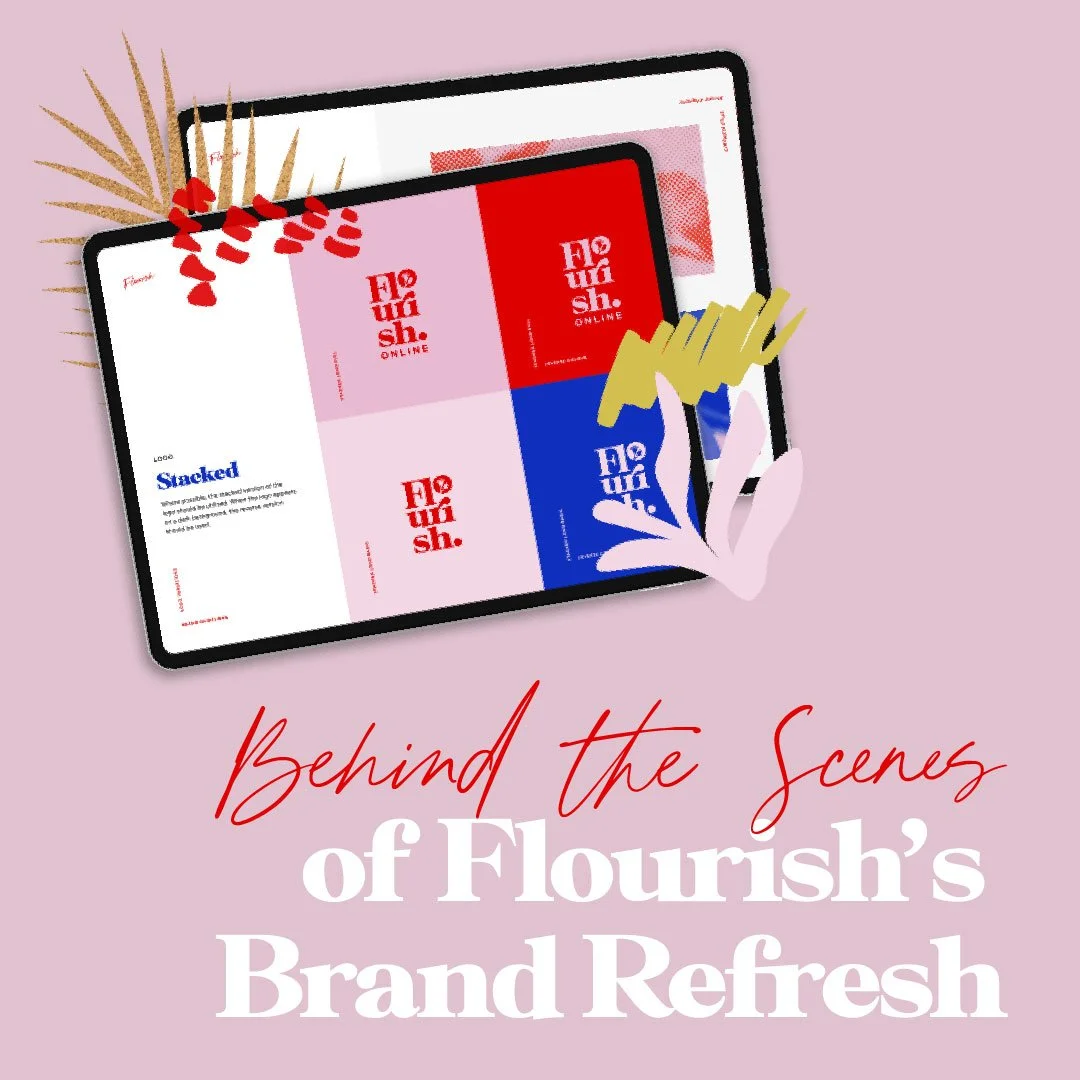Pop-Ups: How to Use Them Without Annoying People
Picture this. You’ve arrived at a cafe to have lunch with an old friend. You haven’t seen each other in ages, and you start catching up on each other’s news. She’s midway through a juicy story about her brother’s divorce and all of a sudden a random man shoves his head in-between you and says
‘Would you like to buy a bracelet? $5!’
You politely decline. He persists.
‘You can have three for $10!’
He stands there. You ignore him and eventually, he disappears to another table. By this time you’re so distracted, you can’t remember what you were talking about, and it takes a good 5 minutes to get the conversational flow back.
That’s the real-life version of pop-ups.
Most passive internet users hate pop-ups. That’s a fact. You most likely hate them yourself. Think about the last time you wanted to quickly check the ingredients on a recipe. You click on the link, and you’re met with a million pop-ups you have close, reject or swipe away. After a minute of scrolling through all the crap (because astute food bloggers put all the essential information at the bottom of their recipes to improve their time on site scores) you’re about to punch a wall because you only wanted to know if it was 1 cup of flour or 2. In the meantime you’ve been offered two meal plans, a free cookbook and a consultation with the blogger and all you wanted to do was bake a damn pie.

Deep breath.
Weirdly though, as much as people hate pop-ups, they do work. These guys increase their web sign up by 50% by using pop-ups. So basically pop-ups suck, but they work. Like diets and exercise. Damn it.
Even though they work, you want to make sure you’re not annoying people TOO MUCH with them.
Here are some tips for using pop ups without making everyone hate you.
1. Keep it relevant
Have you ever been to a website to read an article about at-home workouts and this big obnoxious square pops up asking if you want life coaching? And you’re like ‘Um… no. I want to read an article about working out at home.
’Make sure your pop up is relevant and if you have a variety of different offers, only offer them on relevant content. Don’t be pimping your dog grooming services on your shepherd's pie recipe because that's weird and disturbing if you think about it too much. It's much better for conversion if your lead magnet is related to the thing the person is reading. That's why they put kid's toy commercials in the middle of cartoons. Those clever cookies.
2. Be specific about what people get when they sign up
The words ‘Sign up’ make me want to do anything but sign up. What am I signing up for? You have to make sure people know what they're getting when they hand over their email. 30 Ways To Style Your Hair For Work, The Big Of Book Daily Positive Mantras, 7 Day Eating Plan For Weight Loss, that kind of thing.
Hot tip: Make sure you deliver what you promise in a timely manner. Attention spans are extremely short, so if you don’t provide the reward promptly, you run the risk of someone getting your email a few days and reporting you as spam because they forgot they signed up to your email list.

3. Make it subtle
The thing about customers is that they’re either interested in your product, or they’re not. There’s no point using flashing pop-ups, neon green buttons and persuasive language. That’s not going to make them sign up for something they’re not interested in. Make it subtle. Imagine you’re asking your customer out on a date. If you show up on their front doorstep in a ball gown with a dozen roses and a helicopter waiting to whisk them off to some exotic destination, they’re going to freak out and probably call the cops. Be cool, dude. Offer them your thing and if they don’t want it that’s fine. No pressure. We're just casual here.

4. Make it super clear how to close it
It’s frowned upon to have pop-ups that can’t be closed or minimised, but some cheeky developers have figured out ways to make it difficult for customers to click away from pop-ups without signing up. For example, they make the ‘close’ button appear a few seconds later, or they make the ‘close’ button the same colour as the background, so it’s harder to find. Pop-ups are SUPER annoying, but they’re even worse when you can’t get rid of them. You know like when you have a fly stuck in your car and the stupid thing won't just buzz out the damn window? That's what it's like as a customer when you can't close a pop-up window.
5. Time is of the essence
Timing is a huge issue with pop-ups. You don’t want to go in too soon, or you’ll scare them off, but you want to get in before they click away from your site which could be any second. Unbounce says the best time is 60 seconds after they’ve landed on your site, because they’re engaged (they’ve stuck around), and it’s not too soon to scare them off. Of course, this changes with each website, but this is a good starting point.

6. Experiment
There are many pop up services available, and most of them have excellent tracking tools so you can change things like timings and position and see what works best. You can even put different pop-ups on different pages and target selected pop-ups at certain demographics. High five, technology. You're doing good stuff.
7. Set rules
Using your pop up service, you can set rules, so you piss people off less. You can set standards that say ‘Once a person has clicked ‘close’ on this pop up twice, don’t show it to them again for another month’. That way you avoid bombarding people with your message who don’t care much about it.
TAKE OUR QUIZ NOW TO DISCOVER YOUR BRAND ARCHETYPE SO YOU CAN BUILD THE RIGHT STRATEGIC FOUNDATION FOR YOUR ONLINE PRESENCE.




